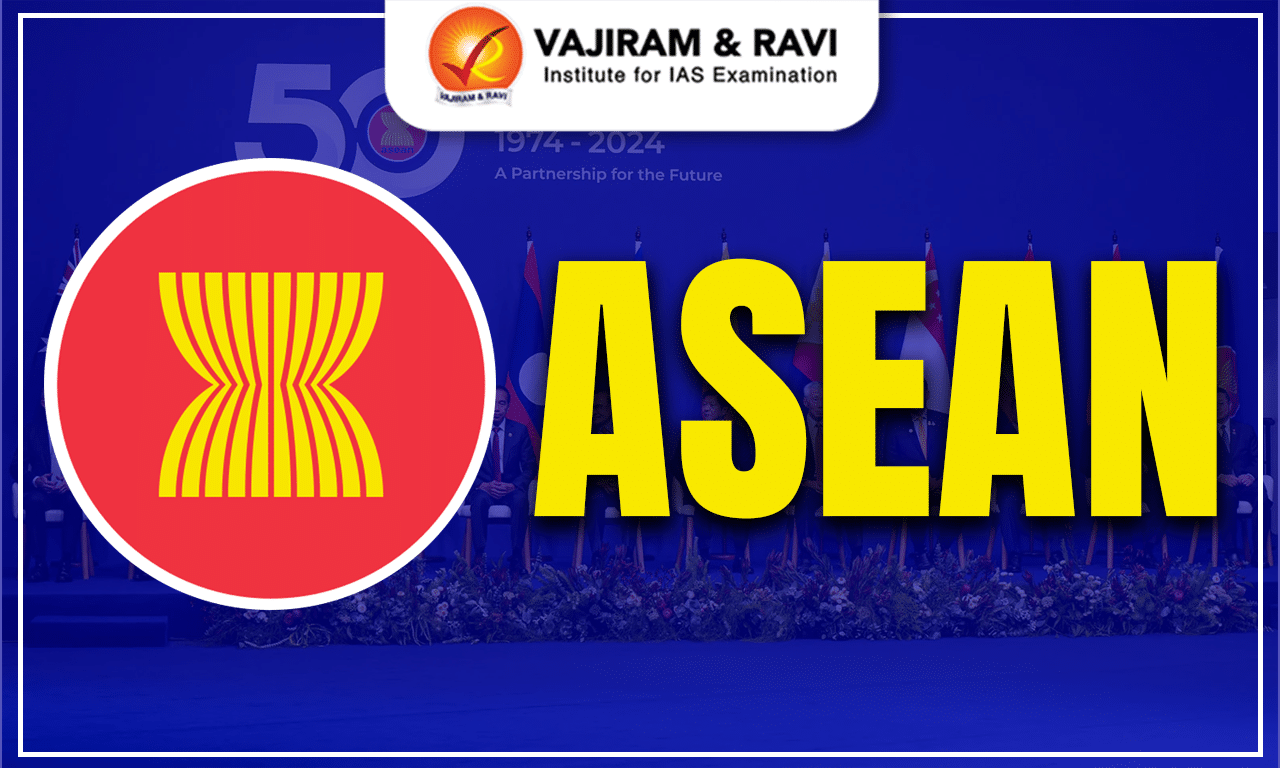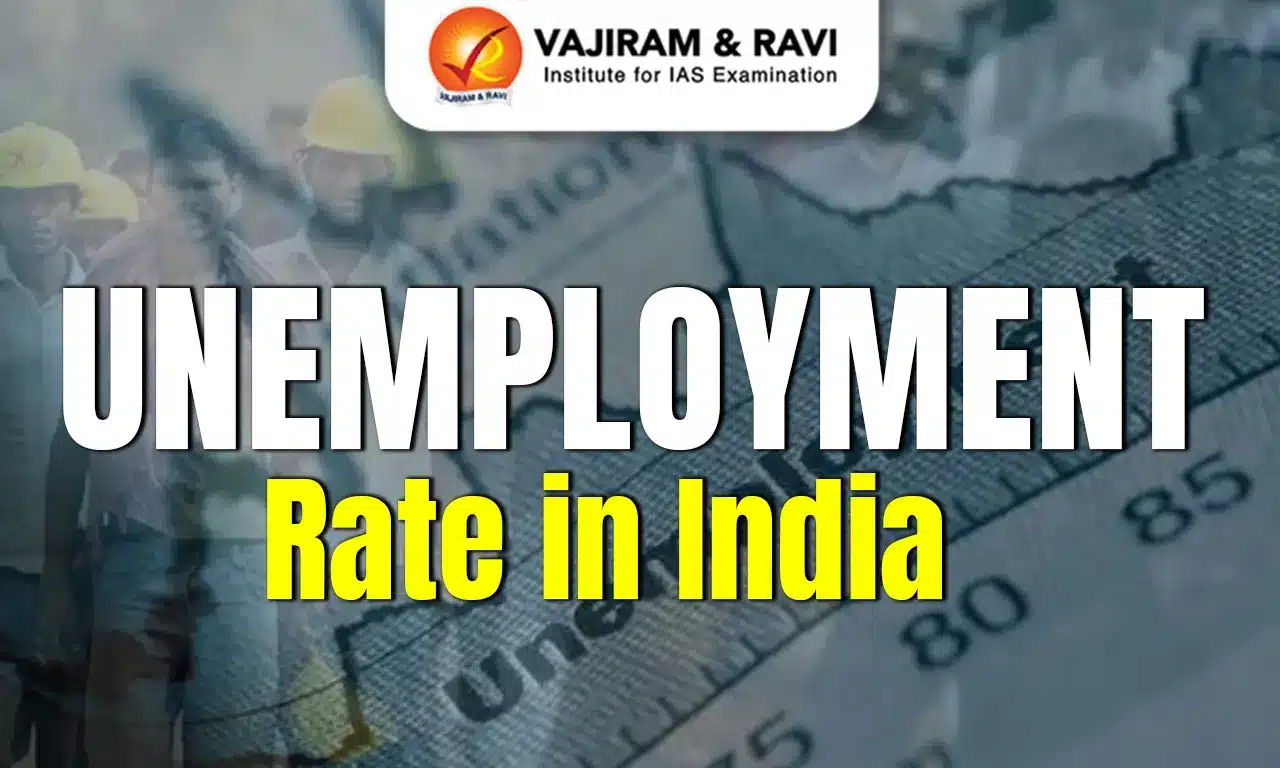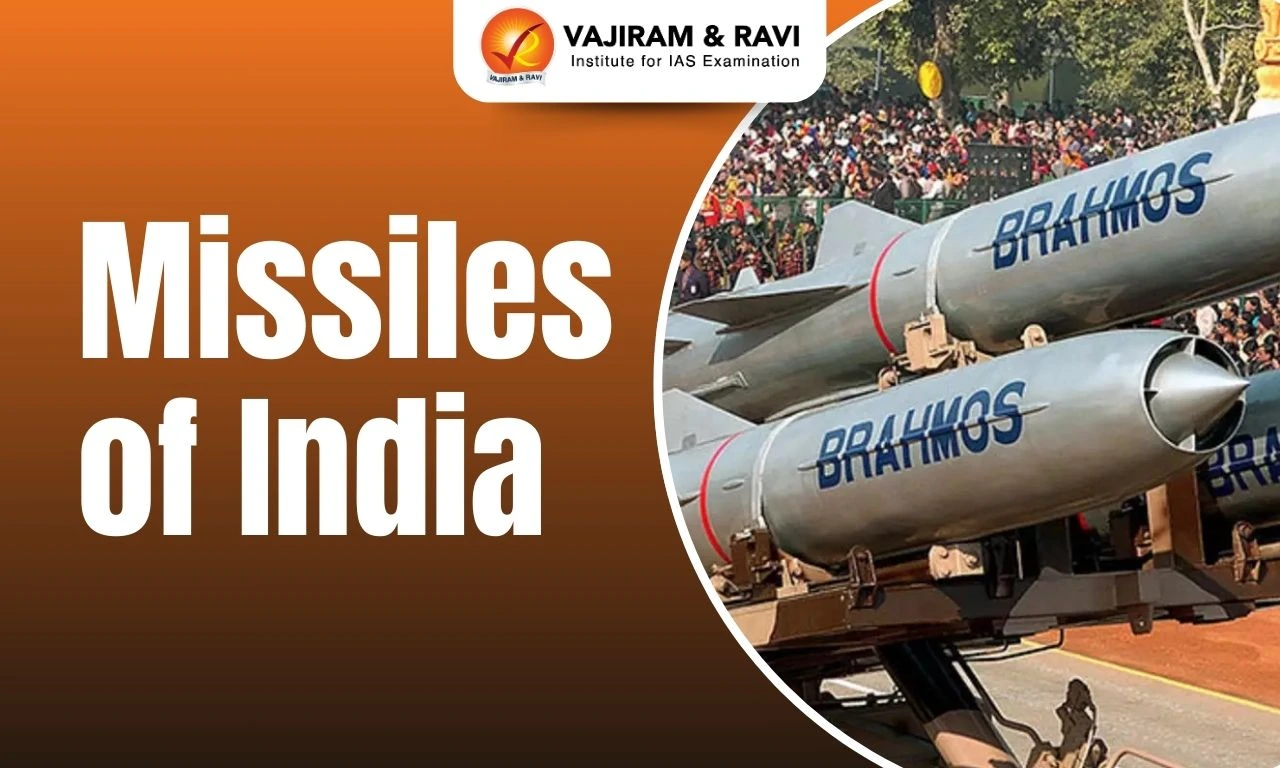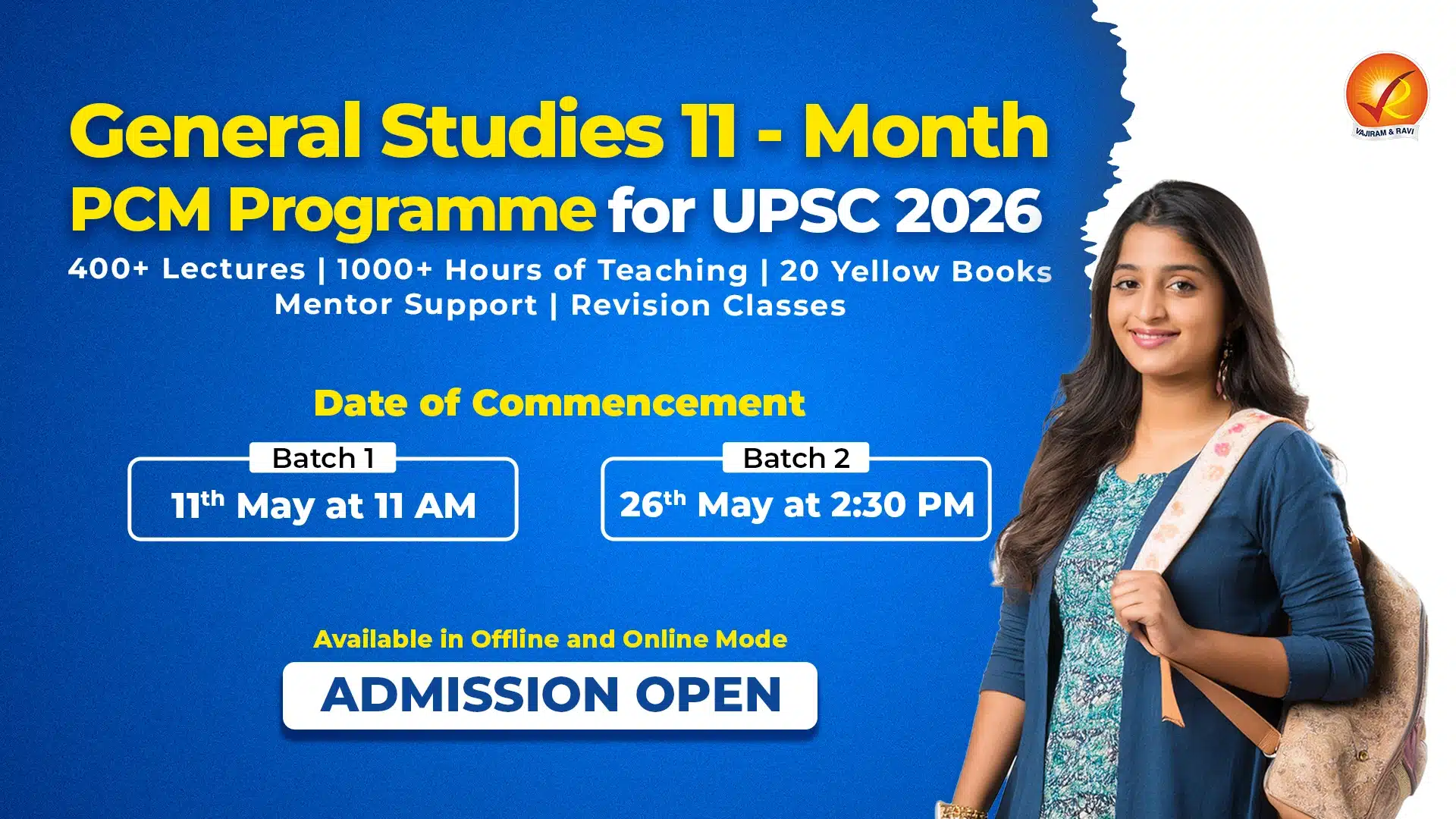India has a large number of talented women who have made and continue to make significant contributions to the advancement of science and technology. From vaccines to space, Indian women are breaking scientific stereotypes and paving the way for others to follow. India’s history is filled with examples of women scientists who have held top positions in institutions, many of whom have innovated and led cutting-edge technologies. One such example is that of Dr. Tessy Thomas, also known as “The Missile Woman of India”, who is a prominent scientist at the Defence Research and Development Organization (DRDO).
Prominent Indian Women in Science
Women scientists in India play an important role in the socio-economic development of a nation. For over 100 years, women scientists in India have proven their strength and made great contributions to the scientific growth of the country.
The below table mentions the famous women scientists of India:
| Kadambini Basu Ganguly (1861–1923)
|
– Kadambini Ganguly was the first female graduate of the British Indian Empire.
– She was South Asia’s first female physician to receive Western medical training. – Annie Besant, in her book ‘How India Wrought For Freedom’ praised Kadambini as “A symbol that India’s freedom will uplift India’s womanhood.” |
| Anandibai Joshi (1865–1887)
|
– Anandi Bai Joshi became the first Indian to study medicine abroad.
– Her thesis, titled ‘Obstetrics among Aryan Hindus’
– She died of tuberculosis in 1887. |
| Anna Mani (1918–2001)
|
– Anna Mani was an Indian physicist and meteorologist.
– Former Deputy Director General of the Indian Meteorological Department (IMD) – She contributed to the study of radiation, ozone, and atmospheric electricity, both on the surface and in the upper air, using special sounding techniques. – Books:
– Awards: K.R. Ramanathan Medal |
| E K Janaki Ammal (1897-1984)
|
– She was a well-known botanist and plant cytologist who contributed significantly to genetics, evolution, phytogeography, and ethnobotany.
– Her studies on chromosome numbers and ploidy in many cases shed light on the evolution of species and varieties. – Fellow of the Indian Academy of Sciences, Indian National Science Academy – Awarded an honorary LL.D. by the University of Michigan – Awards:
– Honors: Two awards were established in her honor:
|
| Kamala Sohonie (1911-1998)
|
– Kamala’s niche was in the study of nutritional elements in common foods such as milk, legumes, and pulses.
– Discovered an enzyme in potatoes called cytochrome C and explained its role in plant respiration. – First Indian woman to receive a Ph.D in any branch of science. – Her work in India demonstrated that the introduction of ‘Neera’, a health drink, into the diets of malnourished tribal adolescent children and pregnant women, resulted in a significant improvement in their overall health. – Awards: Rashtrapati Award. |
| Rajeswari Chatterjee (1922-2010)
|
– She was the first woman scientist to pioneer in the Field of Microwave Engineering and Antennae Engineering in India.
– Awards:
– She retired from IISc, Bengaluru, as Professor and Chairperson of the Department of Electro-Communication Engineering. |
| Darshan Ranganathan
(1941-2001) |
– She was known for reproducing natural biochemical processes in the laboratory.
– She was a specialist in designing proteins to hold a wide variety of different conformations and designing nanostructures using self-assembling peptides. – Known for her work in supramolecular assemblies, molecular design, chemical simulation of key biological processes, synthesis of functional hybrid peptides and synthesis of nanotubes. – Books:
|
| Kiran Mazumdar Shaw (1953)
|
–She is the Chairman & Managing Director, Biocon Limited a biotechnology company based at Bangalore.
– Biocon produces drugs for cancer, diabetes and auto-immune diseases.
– Awards:Padma Shri, Padma Bhushan |
| Asima Chatterjee (1917-2006)
|
– She was the first woman President of the Indian Science Congress and a member of the Rajya Sabha.
– Her research focused on natural products, particularly medicinal chemistry. – Chatterjee was successful in developing Ayush-56 an anti-epileptic drug, as well as an anti-malarial drug. – Awards:
|
| Dr. Indira Hinduja (1946)
|
– She is an Indian gynecologist; obstetrician.
– First Indian woman who delivered a test tube baby in 1986. – She also pioneered the Gamete Intra Fallopian Transfer (GIFT) technique, which resulted in the birth of India’s first GIFT baby. – She is credited with developing an oocyte donation technique for menopausal and premature ovarian failure patients
– Award: Padma Shri |
| Dr N Kalaiselvi (1967)
|
– Dr. Kalaiselvi is a Lithium-ion battery scientist.
– She has been involved in projects to increase electric mobility in India. – In 2022, she was appointed first woman Director General of the Council of Scientific and Industrial Research (CSIR) for a span of two years. – She has worked as a Nodal Scientist for MULTIFUN (Multifunctional Electrodes and Electrolytes for Futuristic Technologies). – Her research work is focused on electrochemical power systems and developing electrode materials, custom-design synthesis methods, optimising reaction parameters etc. |
| Tessy Thomas (1963)
|
– Tessy Thomas is the Director General of Aeronautical Systems.
– Former project director for the Agni-IV missile in the Defence Research and Development Organisation (DRDO). – Regarded as the ‘Missile Woman’ of India, she is the first woman scientist in the history of the country to head a missile project.
-She has worked on guidance, trajectory simulation, and mission design at the DRDO. – She designed the guidance scheme for long-range missile systems, which is used in all Agni missiles. – Awards: Agni Self-reliance award in 2001. |
| Mary Poonen Lukose (1886-1976)
|
– Mary Poonen Lukose was an Indian gynecologist and obstetrician.
– First female Surgeon General in India. – In 1924, she became the ‘Durbar Physician’, head of Travancore’s medical service and the first Indian woman to hold such a post. – Established a tuberculosis sanatorium at Nagercoil (Tamil Nadu) and the X-Ray and Radium Institute in Trivandrum. |
| Bhibha Chawdhary (1931-1991)
|
– Bhibha Chowdhury was the first woman particle physicist in India.
– First Indian woman to earn a Ph.D. in Physics. – She had developed photographic nuclear emulsions that were usefully able to image and accurately measure high-energy nuclear particles and events, significantly advancing the field of particle physics in her time. – Conducted research on cosmic rays and air showers (showers of ionized particles when cosmic rays enter the atmosphere). – Doctoral thesis was on “extensive air showers associated with penetrating particles.” |
Contribution of Women in Science
According to the Department of Science and Technology (DST), women made up 28% of participants in 2018-19 in extramural Research and Development (R&D) projects, up from 13% in 2000-01.
- The proportion of women primary investigators in R&D increased more than fourfold, from 232 in 2000-01 to 941 in 2016-17.
- The proportion of female researchers increased from 13.9% in 2015 to 18.7% in 2018.
Participation of Women in Space Programmes
- Mars Orbiter Mission (Mangalyaan):India’s maiden mission to Mars was launched in 2013 by the ISRO. It made India the 4th country to successfully place a satellite into the orbit of the Red Planet.
- Ritu Karidhal, Nandini Harinath, Anuradha TK, Moumita Dutta and Minal Rohit etc., were some of the women who played a crucial role.
- Chandrayaan 2: For the first time in India’s history, Chandrayaan-2, India’s second mission to the moon, was led by two women scientists from the ISRO.
- While Vanitha Muthayya headed the mission as project director, Ritu Karidhal (Rocket Woman of India)was the mission director.
- Chandrayaan 3:The mission was led by India’s rocket woman, Ritu Kridhal Shrivastava, and deputy project director Kalpana Kalahasti.
Women in STEM: a CSIR Survey, 2022
The survey on gender parity revealed that:
- A significant number of CSIR labs lacked female chief scientists, highlighting a two-decade trend of male-dominated leadership positions.
- Across various levels and clusters, the proportion of women scientists and technical staff remained notably low, comprising only about 18% of total scientists and 15% of technical staff within the CSIR labs examined.
- Women in STEM face numerous challenges, like lack of work-home balance, discrimination, harassment at workplaces and financial disparities.
- Project funds allocated to women Principal Investigators were considerably lower than their male counterparts in specific clusters.
Challenges in Gender Disparity in Indian Science
- Low Representation of Women in Indian R&D Workforce
- According to the 2018 National Task Force on Women in Science report, only 15% of the Indian R&D workforce are women, against the global average of 30%.
- Similar gender disparities exist in S&T teaching institutions.
- Root Cause: Gender Mindset
- The most significant reason for the gender disparity is the prevailing gender mindset.
- Gender bias starts from infancy, reinforced by academic books and societal norms.
- Parents, teachers, and educational institutions often contribute to discouraging girls from pursuing science.
- Institutional Barriers
- Fewer institutions in India offer science programs compared to arts and commerce.
- Other challenges: Women in science face numerous hurdles and biases.
- Peer recognition is often limited.
- Participation in scientific conferences, such as the Indian Science Congress, is typically low for women, especially in prominent roles.
- For example: In 2021 and 2022, all 23 winners were men, and CSIR didn’t recognize any women scientists for their contributions.
Government Initiatives for Promoting Science Among Women
The government has launched programs and initiatives to provide women with access to education and training in the fields of science, technology, engineering, and mathematics (STEM), as well as to support their professional development and advancement.
- ‘Women in Science and Engineering-KIRAN (WISE-KIRAN)’: It ensures the participation of women in the field of Science and Technology (S&T) through various gender-enabling programmes.
- ‘Women Scientists Scheme’ under WISEKIRAN provides various opportunities to women scientists and technologists, especially those who had a break in their careers, to pursue research.
- Indo-US Fellowship for Women in STEMM (Science, Technology, Engineering, Mathematics & Medicine): It encourages women scientists and technologists to conduct international collaborative research at prestigious US institutions.
- Vigyan Jyoti: Programme launched by the DST for meritorious girl students of Class 9-12 to encourage them to pursue education and careers in science and technology, particularly in the areas where women are under represented.
- Gender Advancement for Transforming Institutions (GATI): It aims to transform institutions for a more gender-sensitive approach and inclusiveness with the ultimate goal of improving gender equity in S&T.
- SERB-POWER (Promoting Opportunities for Women in Exploratory Research): It aims to address the lower participation of women scientists in research activities and to mitigate gender disparity in science and engineering.
- “National Award for Woman Scientist”: The Ministry of Earth Sciences has initiated this award since 2018 which is being conferred to one woman scientist each year.
- Women in Engineering, Science, and Technology (WEST): A new I-STEM (Indian Science Technology and Engineering Facilities Map) initiative called WEST was launched by the Government of India in 2022.
- The programme will cater to women with a STEM background and empower them to contribute to the technology and innovation ecosystem.
Last updated on April, 2025
→ UPSC Notification 2025 was released on 22nd January 2025.
→ UPSC Calendar 2026 is released on 15th May, 2025.
→ The UPSC Vacancy 2025 were released 1129, out of which 979 were for UPSC CSE and remaining 150 are for UPSC IFoS.
→ UPSC Admit Card 2025 is released now for CSE Prelims Exam 2025.
→ The UPSC Prelims 2025 is scheduled to be conducted on 25th May 2025 and UPSC Mains 2025 will be conducted on 22nd August 2025.
→ Apply once through it and aspirants can apply for various government exams conducted by UPSC.
→ The UPSC Selection Process is of 3 stages-Prelims, Mains and Interview.
→ UPSC Result 2024 is released with latest UPSC Marksheet 2024. Check Now!
→ UPSC Toppers List 2024 is released now. Shakti Dubey is UPSC AIR 1 2024 Topper.
→ Also check Best IAS Coaching in Delhi
Tags: quest women in science































